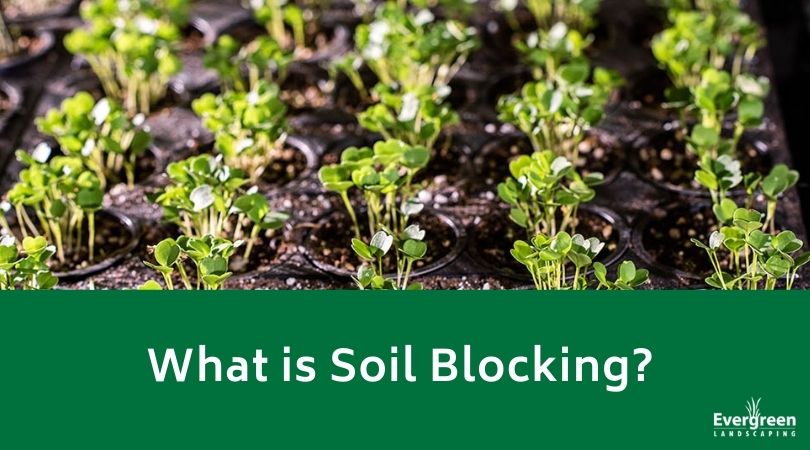
For nearly a century, the Dutch have been developing and refining soil blocking. In Central America, planting a variety of seeds in soil blocks dates back nearly 2,000 years. But, what is soil blocking, and how does it help your plants?
Defining Soil Blocking
Soil blocking is exactly what it sounds like. When you use this planting method, you use the potting mix as both the growing medium and container for your seeds. You use blocking tools to create compact soil blocks to add your seedlings in. Since most plant roots evolve to grow in the soil where it’s dark, they will air-prune the roots and grow back into the soil block instead of sticking out into the air. In turn, this maximizes the soil volume and stops your seedlings from becoming stunted and root-bound.
How to Use Soil Blockers
You’ll need the soil blockers themselves with a set of two inserts. You can get mini inserts or larger ones for this project. You’ll also need potting soil, and the best type to have is soil that is a mix of half soil and half peat moss or coconut coir. Get a tub and fill it with the soil, and have tap water on hand to rinse the blockers between each set. Finally, bottom trays are a must to hold your seed blocks, and you’ll also need your seeds.
- Get the Potting Mix Ready
Pour your potting mix into your shallow tub and add enough water to make it moist. If you squeeze the soil, it shouldn’t drip, but it should feel wet.
- Fill Your Soil Blockers
Once the soil is ready, fill the soil blockers. You want to dig them down into your potting mix and really pack it in. Gently shifting the blockers from side to side will help compact the soil more. You can also manually fill each block. Once you’re sure the blocks are nicely compacted, scrape any excess off the bottom.
- Release the Blocks
Place your blocker on your seed tray or flat sheet and release your potting blocks. The goal is to get tightly compacted soil blocks that stick together and don’t crumble or slump over when you release them. Rinse the blockers between each set to get more consistent results.
- Add Your Seeds
Now that you have your blocks of soil, it’s time to add one to two seeds per block. You should sow them two times their depth. Any plants that like extra heat to grow will love this method, including peppers, eggplant, tomatoes, and ground cherry tomatoes. You’ll want to water your seed blocks from the bottom, so place them in shallow trays that make it easy to pour water in. Allow the top millimeter of each block to dry before you water it again to prevent mildew.
Contact Evergreen Landscaping
Do you want to know more about soil blocking? Maybe you have questions about the process, or you’re unsure if this method will work well for your needs. Whatever the reason, we encourage you to reach out and contact our professional staff for assistance. We’re happy to start your garden off on a strong note.
